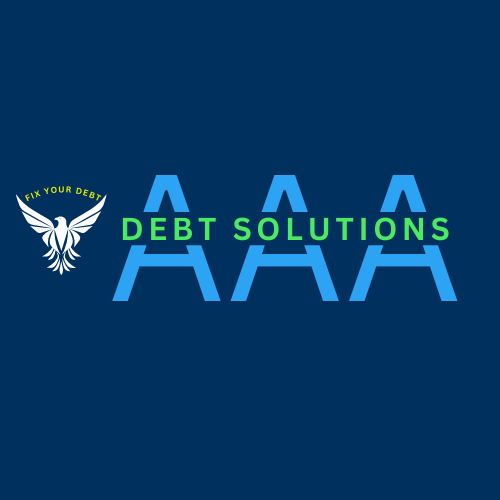
How does a Chapter 13 Bankruptcy work?
How does bankruptcy chapter 13 work: Money troubles can happen to anyone, leaving us feeling lost and stressed about what to do. If you’re facing a financial storm, Chapter 13 bankruptcy could be the lifeline you need. In this blog post, we’re breaking down Chapter 13 in easy-to-understand terms – what it is, who qualifies, and how it works – so you can make informed decisions about your financial future.
What is Chapter 13 Bankruptcy?
It is like a financial makeover. It’s a legal way for folks with a regular income to get a handle on their debts. Unlike some other types of bankruptcy that might sell off your stuff, it focuses on helping you create a plan to pay back what you owe over three to five years.
Who Can Apply?
Regular Income: To be eligible for Chapter 13, you need a reliable income, whether it’s from a job, self-employment, or some other regular source.
Debt Limits: Your debts must meet certain limits. As of early 2022, secured debts (like mortgages and car loans) should be below $1,257,850, and unsecured debts (like credit card balances) need to be less than $419,275.
No Recent Bankruptcies: If you’ve had a Chapter 13 discharge in the last two years or a Chapter 7 discharge in the last four years, Chapter 13 might not be an option right now.
The Upsides of Chapter 13:
Keep Your Stuff: Unlike some bankruptcies that might make you sell your belongings, Chapter 13 helps you keep your property while you work on paying back what you owe.
One Monthly Payment: Chapter 13 rolls all your debts into one manageable monthly payment. It simplifies things and gives you a clear plan for getting back on your feet.
Stop Home and Car Troubles: If you’re at risk of losing your home or car because of missed payments, Chapter 13 can help you catch up and prevent the nightmare of foreclosure or repossession.
How It Works in Simple Steps:
Credit Counseling: Before diving into Chapter 13, you’ll need to take a simple credit counseling course from an approved agency.
Filing Papers: Start by filing some paperwork with the bankruptcy court. It’s like putting your financial cards on the table – telling them what you owe, what you have, and what you make.
Make a Payment Plan: Work with a lawyer to come up with a plan for repaying your debts over three to five years. This plan is your roadmap to financial recovery.
Plan Approval: The court reviews and approves your repayment plan. Once greenlit, you make one monthly payment to a trustee, who then divvies it up among your creditors.
Finish and Fresh Start: Successfully complete your repayment plan, and any remaining eligible debts might get wiped away. It’s like hitting the financial reset button.
Conclusion:
Chapter 13 bankruptcy is a chance to hit pause, regroup, and start fresh. It’s not a scary thing – it’s a tool to help you get control of your finances. If you’re thinking about Chapter 13, talking to a bankruptcy pro is a smart move. They can guide you through the process and help you build a plan that works for you. Financial bumps in the road happen, but with the right tools, you can navigate your way to smoother financial seas.
Follow KSmithCredit for more
@ksmithcredit Here is how you can Credit card balance transfer into 21 months 0% interest 😱‼️ #creditcard #debt #debtconsolidation #creditcardbalancetransfer #balancetransfer #0interest ♬ original sound - Kenneth - Debt Consolidation
